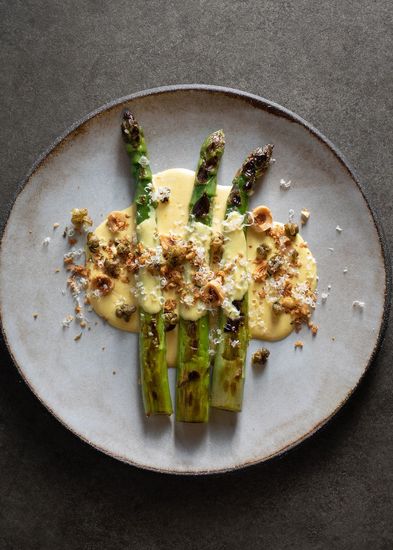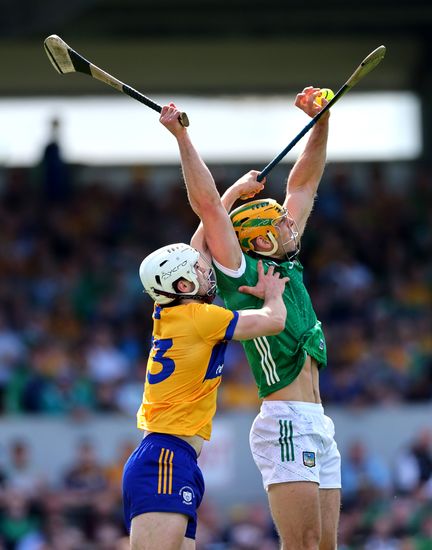Karen Daly played Winifred Carney.
By Maura Mulligan
Yours truly has been presenting Samhain celebrations since the early 1990s when I taught Irish at the American Irish Historical Society. It was a way to encourage students to use the language. They came to class dressed as the ghost of some character in history or mythology and practiced the language by asking questions of each other.
The celebrations have now grown to include anyone interested in participating and we now celebrate in a New York City restaurant. As founder of Nollaig na mBan NY, I wanted to make this year’s celebration a benefit for the Dwelling Place of New York – the charity chosen by our group. We’ve been successful with previous benefits held on Imbolg (St. Brigid’s Day,) Bealtaine and Lughnasa. Since Samhain, the most important of the four fire holidays is a time to honor dead ancestors, we decided to have a remembrance ceremony in a circle of lights. Guests were invited to put a donation in an envelope in memory of a departed loved one, place it in the memory box provided and speak that person’s name.
This ceremony followed a meal in the festive party room at the Playwright Restaurant on West 49th Street. Nollaig na mBan team member Mary Fee baked the traditional Bairín Breac (barmbrack) and our server Kerry was happy to slice it for us after dinner.
Nollaig Na mBan Samhain Dinner for The Dwelling Place, Playwright Restaurant 10-30--16
James Cagney.
Starting with Margaret McCarthy’s poem, “Approaching Samhain” from her book, “Notebooks from Mystery Schools,” we brought the ancient Celtic New Year festival to life. As the Samhain goddess, it was my job to welcome everyone and explain that behind the many customs related to Samhain, a myth expressing the central meaning of the feast comes to life. A winter god and a summer god compete for the favors of the goddess. The winter god or Lord of the dead becomes the victor and so the year begins again with its dark winter half. To the druids, this was the most sacred time of all – the old was dying and the new was yet unborn.
This year’s theme was the 1916 Rising. But before ghosts of 1916 came through, witches from my dance class appeared with brooms and swept away the cobwebs separating the two worlds. I joined Deirdre Batson, Nan O’ Shay and Kim Tulloch in a wild dance that served to bring forth the ghosts we had invited.
The ghosts came through the mist after John Kearns read an excerpt from his novel, “The World,” in which a 15-year-old youth learns about Easter 1916 for the first time. And as we listened to Cork native James Cagney recite Pádraig Pearse’s “The Rebel” we were reminded of the oppression as well as the courage of those 1916 heroes.
Among the ghosts who came through the web on the mirrored wall was a nurse, Margaret Keogh – the first martyr of the Easter Rising. She was presented by Dee Nolan who told how Keogh was shot and killed by British soldiers while attending to a fallen volunteer. Elizabeth O’Farrell, also a nurse and member of Cumann na mBan, was brought to life by Nancy Oda who told how O’ Farrell was airbrushed from historic photographs. We’re glad to know that this year, she is back in full view at all the ceremonies.
Maura Mulligan.
James Connolly himself made a quick appearance through Mark Donnelly. Connolly couldn’t stay with us very long. As usual, he was in a mad rush to a meeting of the Industrial Workers of the World, he announced.
Rosie Hackett, who in 2014 had a bridge named in her honor, was holding a copy of the Declaration of Independence when she appeared. She was the one responsible for the first printed copy. On her behalf, I told how she was founding member of Irish Women Workers’ Union.
There was no shortage of ghosts coming through after that. They seemed to know that the crops were now gathered and it was time for the earth to rest and allow free passage from one world to the other.
One of the few privy to the plans of the Easter Rising, Kathleen Clarke, wife of Thomas Clarke who showed up disguised as Maria Deasey. She recited the Proclamation in English while Rosie Hackett joined her in the Irish version. The two mingled voices resulted in other ghosts finding their way through the mist.
The revolutionary and well-known nationalist, Countess Markievicz appeared wielding a gun. Speaking through Deirdre Batson she announced that she was the first woman elected to the British House of Commons, though she did not take her seat.
Her arrival must have inspired Michael Joseph O’Rahilly (The O’Rahilly) to come in. A founding member of the Irish Volunteers in 1913, he was the one who wrote a letter to his wife, Nancy as he lay dying on Moore Street. Peggy Logan helped this ghost speak his pain while Pat Daly provided cyberspace sound effects of gunfire for the presentation.
When she heard the sound of arms, “The Typist with the Webley,” Winifred Carney came through the voice of Karen Daly. Carney was the person most closely acquainted with Connolly's beliefs and plans. They worked together to improve the conditions for female laborers.
The suffragette and Irish nationalist Hanna Sheehy Skeffington showed herself in a vintage blouse of the period. Emily Rowland Kain told the gathering that this nationalist got into numerous scuffles with the law for breaking windows of government buildings in support of suffrage. She was arrested in Newry for breaching an exclusion order banning her from Northern Ireland. At her trial she said: "I recognize no partition. I recognize it as no crime to be in my own country.”
After the ceremony of lights in which we remembered the dead, we bid slán to the ghosts of 1916. The ceremony ended with a reading of John O’Donohue’s New Year blessing, “Beannacht.”
Through Nollaig na mBan NY, the Samhain guests presented over $700 to Sister Joanne Sambs, director of the women's shelter - The Dwelling Place of New York. http://thedwellingplaceofny.org.
We wish everyone a Happy Celtic New Year.
Maura Mulligan, founder of Nollaig na mBan New York, is the author of the memoir, "Call of the Lark." She teaches Céilí Dancing in New York











